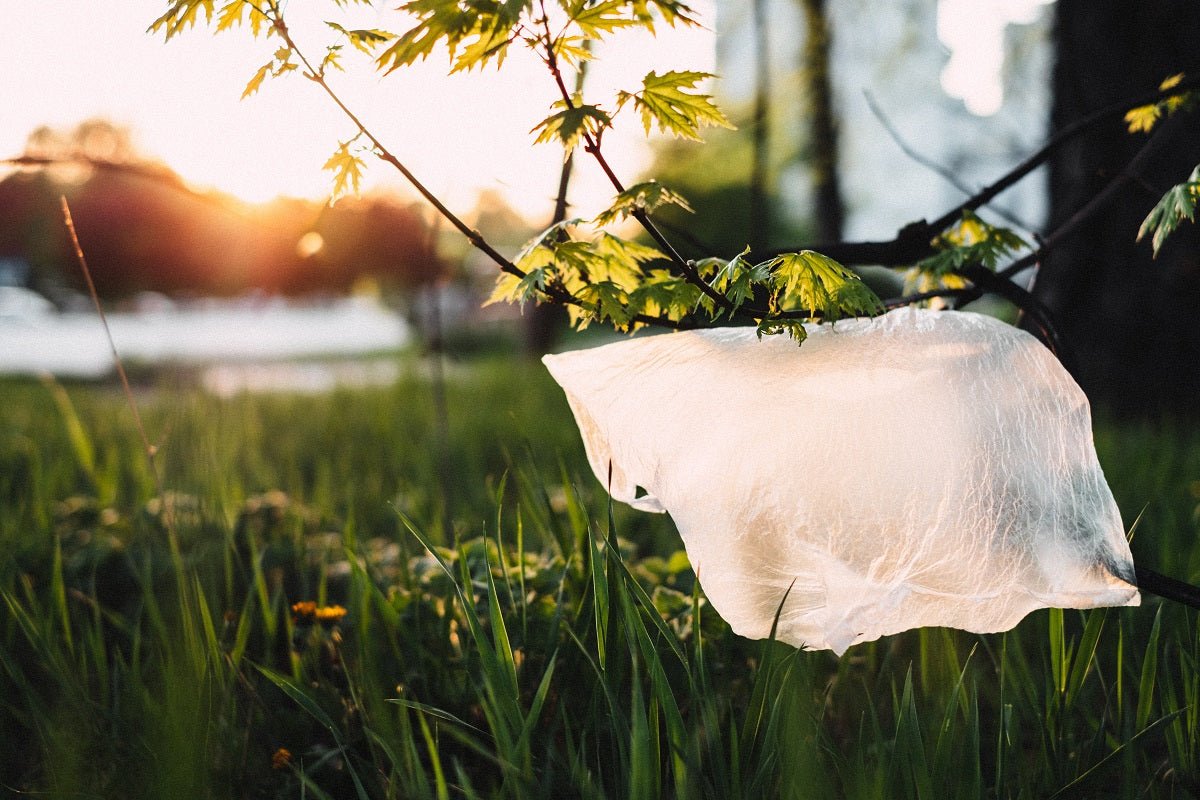A cozy sofa is the perfect place to relax after a long day. Unfortunately, water stains can ruin the look of your beloved piece of furniture. In this article, you'll learn how to effectively remove these annoying stains. Here are some tips and tricks to get your sofa back in tip-top condition.
Why water stains on the sofa are a problem
Before we discuss stain removal, it's important to understand why water stains on sofas are a problem. Besides the visible discoloration of the fabric, water stains can also cause long-term damage. Moisture can weaken the fabric and lead to mold and odors.
Water stains on the bank Water stains on your sofa can lead to several problems. The visible stain on the fabric is just the tip of the iceberg. Moisture can penetrate deep into the fabric and damage the sofa from the inside out. This can weaken the fabric fibers, leading to tears and wear. Moreover, the moisture can also lead to mold growth, which is not only unsightly but can also cause health problems.
The effects of water stains on different sofa materials
The effects of water stains can vary depending on the type of sofa material. On fabric sofas, water stains can leave permanent marks and discolor the fabric. Leather and faux leather sofas are less susceptible to water stains, but can still be affected.
Fabric sofas are particularly susceptible to water stains because the fabric absorbs moisture easily. If water gets on the fabric, it can quickly spread and discolor the area around the stain. This can lead to uneven discoloration of the sofa, detracting from its overall appearance. Water stains may not penetrate leather and faux leather sofas as easily, but they can still leave marks. The water can damage the surface of the leather and lead to discoloration or staining.
Health risks of water stains
Besides aesthetic problems, water stains can also cause health issues. If moisture remains on the sofa for a long time, bacteria and mold can develop, which can cause allergies and respiratory problems. Therefore, it's important to remove water stains as quickly as possible.
The formation of mold and bacteria is a serious health threat. When moisture accumulates in the sofa, it creates an ideal breeding ground for mold and bacteria. These microorganisms can cause allergic reactions such as sneezing, itching, and rashes. For people with respiratory conditions like asthma or chronic bronchitis, water stains on the sofa can cause breathing difficulties. Therefore, it is important to remove water stains as quickly as possible and clean the sofa thoroughly to protect the health of the occupants.
The Basics of Stain Removal
Before you begin the stain removal process, make sure you have the right tools and materials on hand. Here are some important things you'll need:
- Cleaning solution (specific to the material of your sofa)
- Microfiber cloths or sponges
- Dry cloths or rags
- Optional: stain protection spray
To effectively remove stains, it's important to use the right cleaning product for your sofa's material. Different materials require different approaches to gently treat stains while preserving the fabric's quality.
For fabric sofas, we recommend a gentler cleaning method. Use a cleaning product specifically formulated for fabric sofas to effectively remove stains without damaging the fabric. Microfiber cloths or sponges are good for applying the cleaning solution and gently treating the stain. Then, remove excess moisture with a dry cloth or rag.
Leather or faux leather sofas require a special cleaning solution to remove stains. These cleaning solutions are designed to dissolve the stain without damaging the leather or faux leather. Always read the manufacturer's instructions carefully and test the cleaning solution on an inconspicuous area to ensure it doesn't leave any stains.
It's also recommended to regularly use a stain protection spray on your sofa. This spray forms a protective layer on the fabric or leather that prevents liquids and stains from penetrating. This makes cleaning easier and minimizes the risk of permanent stains.
Step-by-step guide to removing water stains
Preparing the sofa for cleaning
Before you begin the actual cleaning, prepare the sofa by removing loose particles and dirt. Use a vacuum cleaner with an upholstery attachment to remove dirt and dust. Make sure to thoroughly vacuum all the cracks and crevices.
It's important to thoroughly inspect the sofa before cleaning it. Check all corners and edges to ensure there are no hidden stains or dirt. If you find any such stains, use a soft brush to gently remove them.
Remember that the preparation of the bank Before cleaning, an important step is to ensure that the cleaning agent works effectively and the desired result is achieved.
Application of cleaning solutions
Once the sofa is prepared, it's time to apply the cleaning solution. Follow these steps:
- Read and follow the instructions on the cleaning product.
- Apply the cleaning agent to the water stain, being careful not to use too much liquid.
- Use a clean microfiber cloth or sponge to gently work the cleaning solution into the stain. Work from the outside in to prevent the stain from spreading.
- Remove excess cleaning agent with a dry cloth or rag.
There are several types of cleaning solutions that can be used to remove water stains. Some contain special ingredients that can effectively dissolve stubborn stains. Make sure you use the right cleaning solution for your specific stain.
It is also important to test the cleaning agent on a small, inconspicuous area of the sofa before use to ensure it does not cause discoloration or damage.
Aftercare and maintenance of the sofa
After the water stain has been removed, it's important to dry the sofa thoroughly. Use a fan or place the sofa in a well-ventilated area to help it dry quickly. Once the sofa is completely dry, you can apply a stain protection spray to prevent future stains.
Regular maintenance of your sofa is also important to keep it in good condition. Vacuum the sofa regularly to remove dirt and dust. Avoid spilling liquids directly on the sofa, and clean stains as soon as possible to prevent permanent stains.
Remember that proper care and maintenance can extend the life of your sofa and keep it looking clean and inviting.
Common mistakes when removing water stains
Prevent damage from incorrect cleaning techniques
A common mistake when removing stains is using harsh or abrasive cleaning agents, which can damage the sofa's material. Instead, always use cleaning agents specifically recommended for your sofa's material and test them on a small, inconspicuous area first.
It's important to understand that each sofa material has different cleaning requirements. While some materials like leather or microfiber are durable and water-resistant, others like silk or velvet require a more gentle clean. Therefore, it's recommended to consult the specific care instructions for your sofa's material before cleaning.
How do you prevent the sofa from getting too wet?
Another mistake is to over-soak the sofa with cleaning solution or water. This can saturate and damage the upholstery. Make sure you only use the appropriate amount of cleaning solution and thoroughly remove any excess liquid.
A helpful tip to prevent excessive soaking is to use a clean, dry cloth to absorb excess liquid. Gently press the cloth onto the affected area to absorb the water instead of working it into the upholstery. Repeat this process until the cloth no longer absorbs any moisture.
It's also important to let the sofa dry thoroughly after cleaning. Ensure the room is well-ventilated and, if necessary, use a fan to speed up the drying process. Thorough drying prevents moisture from accumulating in the upholstery and causing unpleasant odors or mold growth.
Consider professional cleaning services
When to hire a professional
If you're unsure how to safely remove water stains from your sofa, or if the stain is particularly stubborn, consider hiring a professional cleaning service. An expert can help you effectively resolve the problem without damaging your furniture.
There are several types of water stains that can appear on your sofa. Some can be easily removed with home remedies, while others require specialized treatment. If you're unsure what type of stain it is or how to remove it, it's advisable to consult a professional.
A professional cleaning service has the knowledge and experience to identify different types of stains and apply the correct cleaning methods. They also have access to professional cleaning products and equipment that may not be available in your home. By hiring a professional, you can ensure that the stain is removed effectively and gently.
Costs and benefits of professional cleaning
The cost of professional cleaning services can vary depending on the location and size of the sofa. It's advisable to request several quotes and compare prices before choosing a service provider.
The benefits of professional cleaning are obvious. You can rest assured that the stain will be treated professionally and that your sofa is in the best hands. An experienced cleaning service will use the right cleaning products and methods to achieve the best results without damaging the material or color of your sofa.
Additionally, some service providers offer sealing or impregnation to prevent future stains. This extra layer of protection can help keep your sofa clean longer and protect it from stains.
It's important to know that professional cleaning isn't just for removing stains but also contributes to the overall care and maintenance of your sofa. Regular cleaning and maintenance can extend the life of your furniture and preserve its value.
Now that you know all the tips and tricks for removing water stains from your sofa, you can enjoy your furniture again. Don't forget to clean and remove stains regularly to keep your sofa in excellent condition. With the right tools and a little patience, you'll soon be able to forget about these stains.
Remember that professional cleaning is a good option if you're unsure about stubborn stains. An expert can help you effectively resolve the problem and make your sofa look like new again.





